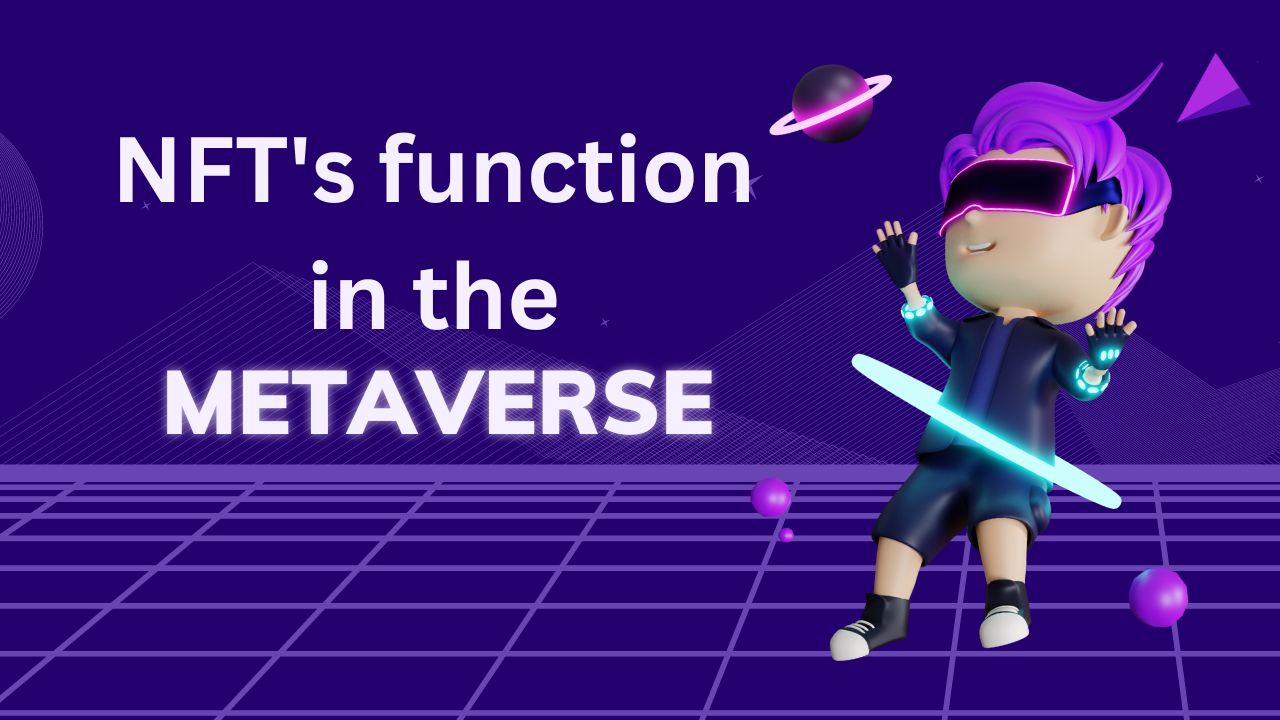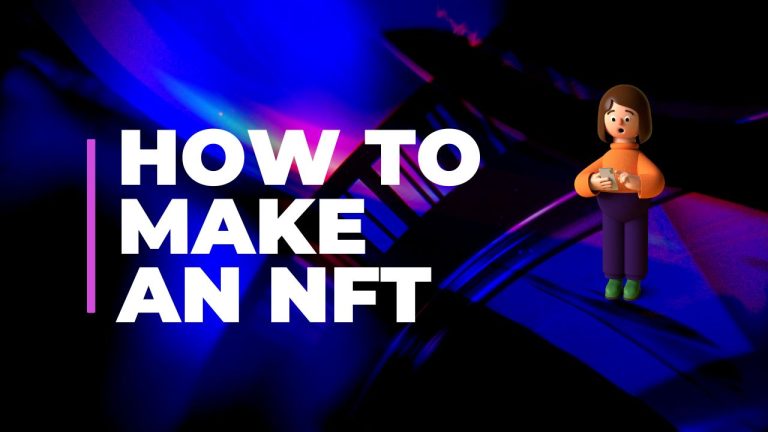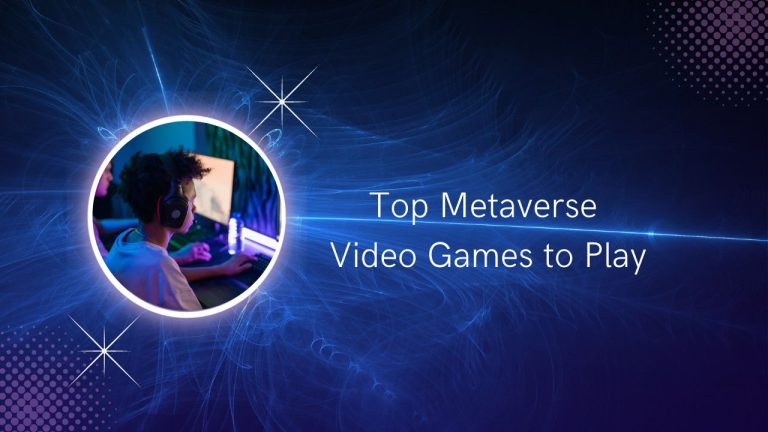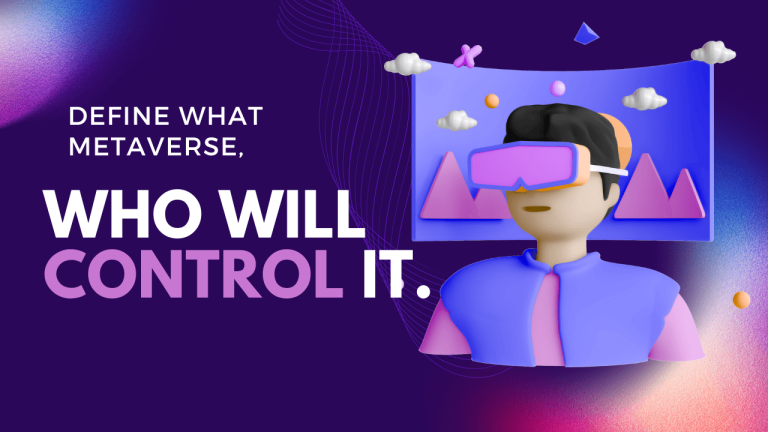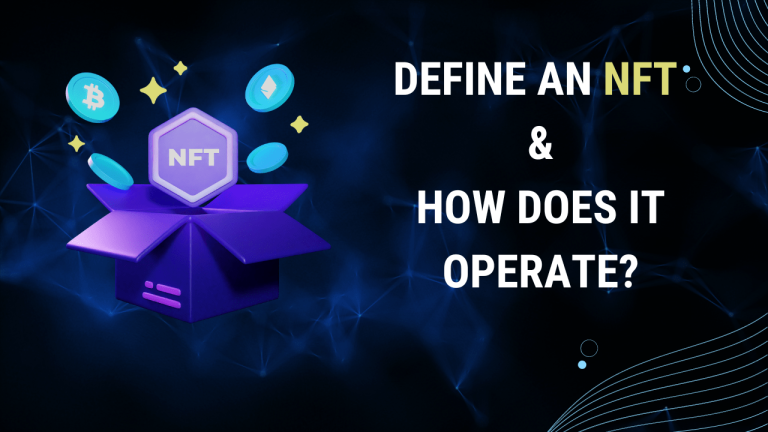NFT function in the Metaverse
NFT function Overview
They can be utilized to uphold agreements and norms made between individuals in a virtual environment. An NFT might represent a plot of land in the virtual world, for instance, and the agreement can state that the owner can only sell the land to a buyer who agrees to utilize it for a particular objective.
For instance, users can breed and trade virtual cats that are stored as NFTs on the Ethereum blockchain in the well-known online game CryptoKitties.
NFTs have mainly been used for games and collections up to this point. These could, however, be utilized in a variety of contexts, including virtual reality, the arts, and real estate.
The operation of the NFT Function
CryptoPunks and CryptoKitties are two of the most well-known NFT examples. Blockchain guarantees that the NFT that investors and collectors buy is real and will hold its value over time.
As there is no requirement for a centralized party to conduct the deal, it enables a more effective market for NFTs.
In general, the NFT function provides a distinctive approach to gathering and exchanging digital assets. Also, people can readily trade on decentralized exchanges.
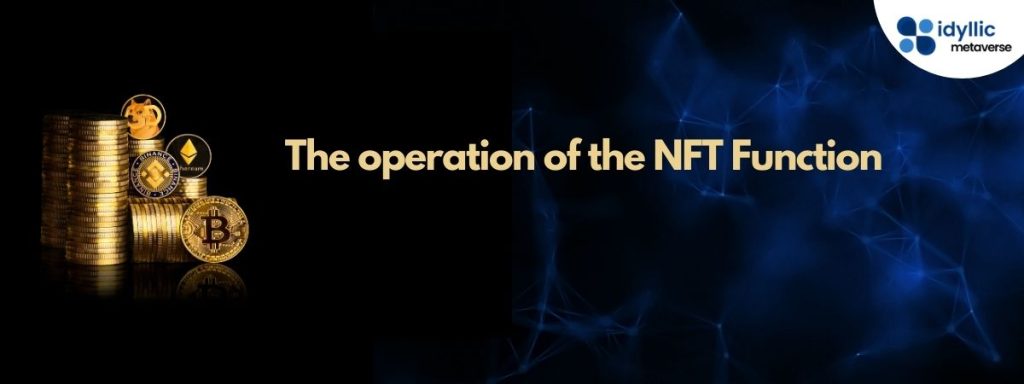
The Metaverse Of NFT Function
The phrase has gained popularity in the game industry and is now frequently used to describe any online virtual environment.
An NFT could be used, for instance, to represent a digital home or plot of land. Another illustration is the virtual marketplace Cryptovoxels, where users may purchase and trade real estate using NFTs.
It’s conceivable that the NFT function will be used more frequently in the metaverse. It is thus because the NFT function has many advantages over conventional representational techniques. NFT function can also be traded on decentralized exchanges.
It’s conceivable that the NFT function will be used more frequently in the metaverse. The reason for this is that NFTs have many advantages over conventional techniques for describing virtual assets.
Threats Related To NFT In The Metaverse
It is crucial to be informed of the hazards when investing in non-fungible tokens (NFTs) in the metaverse. The following dangers are just a few of them:
- Fraud and scams: Since there have been many scams and frauds involving NFTs, it is crucial to exercise caution when working with NFTs.
- Lack of liquidity: Since NFTs are still a new asset class, selling them is frequently difficult due to a lack of liquidity.
- Uncertainty around regulations: Because of the dangers associated with investing in NFTs, it is critical to be informed of the regulatory environment surrounding NFTs.
What Kinds Of Frauds And Scams Are Connected With NFTs?
NFTs have been linked to many frauds and scams. The following are some of the most typical NFT-related frauds and scams:
- Phony NFTs Investors have purchased bogus NFTs that con artists have developed. Usually, this is accomplished by producing a digital asset that imitates an NFT but has no actual value. After that, the con artist will sell this bogus NFT to an investor, who won’t realize it until it’s too late.
- Ponzi schemes: Some con artists have promoted investment plans that are Ponzi schemes using the buzz surrounding NFTs. In a Ponzi scheme, rewards are provided to early investors from later investors’ investments rather than from any actual profits made by the plan. The system can only continue as long as there are fresh investors to fund it, according to this. The scam will eventually fail, and the majority of investors will lose their money.
- Investment Fraud: Investment fraudsters have also begun promoting their scams through NFTs. For instance, a fraudster might produce an NFT function that represents a share in a business or a piece of real estate. They will then sell this NFT to investors while guaranteeing a return on their investment. Yet since the business or asset doesn’t exist, the investor will never get paid.
You could lose your money if you aren’t careful due to scams and frauds, which are a danger.
FAQS:
What function does NFT have in the metaverse?
Owning interoperable digital products in a virtual metaverse is possible because of NFTs. These NFTs enable the use of cryptocurrencies with digital commodities that are exclusive to the metaverse. Included in this are avatar accessories, animations, virtual furnishings, and weaponry.
Can I get real money for my NFT?
Depending on your preferences, you can sell your NFTs for cash or cryptocurrency. But bear in mind that the transfer of the token will be shown as a change in asset ownership in the blockchain.
Does the metaverse require NFT?
The necessary tokens or goods needed for trading within the metaverse are non-fungible tokens. Throughout the metaverse, NFTs act as proxies for asset ownership. For instance, NFTs are virtual land parcels.
Conclusion
NFTs are distinctive digital assets that may be used to represent anything, from in-game goods and virtual environments to art and collectibles. NFTs may become increasingly important in the development of the metaverse, a virtual environment that lives independently of any one platform or device, in the upcoming years.
When the metaverse takes shape, NFTs will probably play a crucial part in its growth. NFTs could contribute to the development of a thriving metaverse economy by enabling users to own and exchange digital assets. NFTs could also represent ownership of fictitious real estate, structures, and other assets. As the metaverse develops, NFTs might play a key role in its structure.

